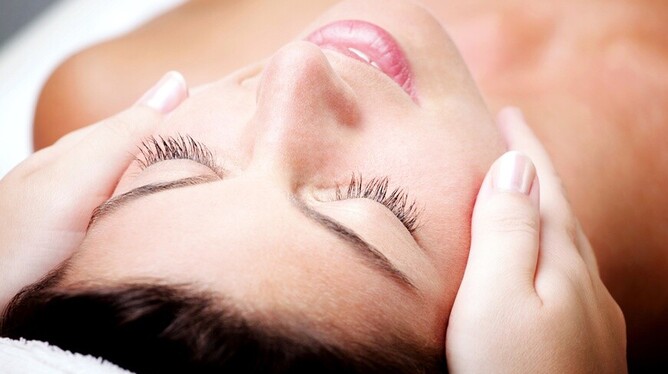The healing art of Reiki is finding a surprising new home in high-tech Western hospitals
‘In today’s hospitals, we see a brilliant show of hands—from the dexterity of a finely trained surgeon to the strong and efficient handiwork of a nurse.
More hospitals are adding the balancing touch of a Reiki practitioner to their ranks. Pamela Miles, a Reiki Master with 27 years of experience, advises Western health care professionals on how they can use this Japanese practice of “laying-on hands” to help ease pain, relieve stress, and speed recovery.
Reiki after heart attacks
“When the human system is balanced, its self-healing mechanisms function optimally,” she says, noting studies have found that in addition to reducing pain and anxiety, reiki can improve blood pressure, respiration, heart rate, and heart-rate variability.
Miles participated in a study published in the Journal of the American College of Cardiology, in which Reiki-trained nurses gave patients a 20-minute treatment within three days after a heart attack. The patients showed enhanced mood, and the improvement in heart-rate variability was comparable to beta blockers—an important indicator, since poor HRV is the most reliable predictor of death from another heart attack.
A growing number of physicians are recognising the benefits of Reiki
A growing number of physicians are recognizing the benefits of this healing practice, including cardiologist Suzanne Steinbaum, the director of Women and Heart Disease at Lenox Hill Hospital, Heart and Vascular Institute, in New York City, and author of Dr. Suzanne Steinbaum’s Heart Book. Steinbaum took Miles’ First-Degree Reiki Training course and approaches her work with the conviction that patients will heal best if their care is in line with their lifestyle and beliefs.
As an example, she recalls a female patient with irregular heartbeats caused by hyperthyroidism who had been advised to get a cardiac ablation (a corrective heart-rhythm procedure) or surgery on her thyroid.
But the woman was reluctant to undergo surgery and sought to alleviate her condition with Reiki, acupuncture and herbal medicine. So Steinbaum made a deal with the patient - she could try a holistic approach but under her doctor’s supervision.
“After five to six months, we started to see improvements, and by eight months, her thyroid normalized,” says Steinbaum.
“I knew that if I didn’t help her, she was going to do it anyway, so I decided it was a better option for her to at least be monitored.”
The results didn’t surprise Miles, who says
“Although people usually feel better quickly - no small thing when you are suffering - the balancing effects of Reiki practice often build slowly when there is a chronic condition.
When there is trauma such as an injury or surgery, however, the effects of balancing the system can be quite dramatic.”
Pre- and post-scores showed reduction in pain and anxiety with Reiki treatment
Reiki practitioner Nancy Arnott witnessed such improvement frequently during Miles’ 100-hour Reiki internship program on the general surgery floor of Beth Israel Medical Center in Manhattan. There, Arnott treated a wide range of patients, from 19-year-olds with appendectomies to 85-year-olds recovering from cancer surgery, all in varying degrees of pain. Pre- and post-scores showed reduction in pain and anxiety with Reiki treatment.
“Some people who are religious told me they saw Jesus Christ” during sessions, Arnott says. “They went deep within and connected to the spiritual part of them.”
Keely Garfield learned to practice Reiki with Miles, and took her Medical Reiki Intensive. Garfield is now the clinical coordinator of the Urban Zen Integrative Therapy program at the Farber Center for Radiation Oncology.
Reiki to the rescue for Haiti earthquake victims
Garfield saw Reiki come to the rescue during the aftermath of the 2010 earthquake in Haiti, when she offered treatments to abandoned babies, orphans, doctors, nurses, and staff at the NPH St. Damien’s Pediatric Hospital and Orphanage.
Reiki’s calming effects were evident, including with an autistic toddler who was blind, partially deaf, and self-stimulating by rocking back and forth in her crib. Garfield recalls placing her hands on the girl’s chest and belly and feeling the girl became still, her frenetic breathing softening. When she sang to her, the girl turned her face in her direction, and Garfield felt a gentle connection
Empowering caregivers at home and professionally
“In the home or in health care, the care of others begins with the care of the caregiver
Empowering professionals with a daily self-care practice naturally makes them better caregivers and practicing Reiki, even if just for just a few minutes, can help settle themselves and their distressed patients.”
Pamela Miles, Reiki Teacher USA
(C)copyright Tess Ghilaga 2014



